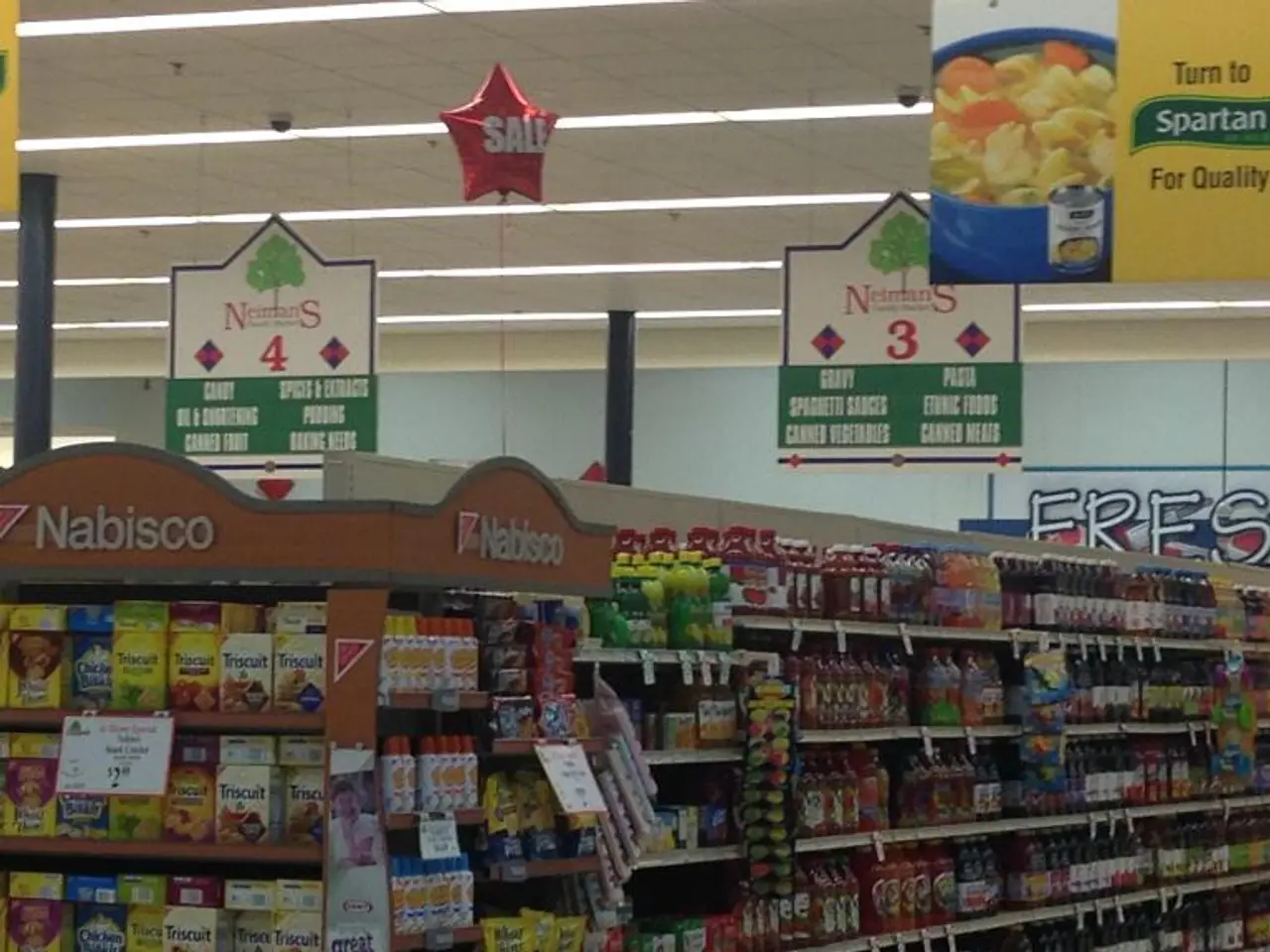Efficiency Standards, Grades, and Marking Methods in Energy Sectors
Worldwide Energy Efficiency Labeling Systems: A Comprehensive Overview
Energy efficiency is a global concern, with countries across the world implementing various labeling systems to promote energy-efficient products and buildings. Here's a look at some of the major energy efficiency labeling systems around the globe.
European Union (EU)
The EU uses energy labels ranging from A to G, with A being the most efficient. These labels apply to many electrical household appliances and buildings, requiring manufacturers to register products in the European Product Registry for Energy Labelling Database (EPREL) and attach visible labels on the product.
United States (US)
In the US, programs like ENERGY STAR and the Home Energy Rating System (HERS) are instrumental in promoting energy efficiency. ENERGY STAR is a voluntary label for energy-efficient products and homes, while HERS evaluates home energy efficiency and expected energy costs.
China
China has its own Minimum Energy Performance Standards (MEPS) for heat pumps and chillers, which often match or exceed EU and US efficiency levels for certain equipment types. However, high-capacity product requirements have room for improvement.
Australia and New Zealand
Australia and New Zealand have created an integrated Equipment Energy Efficiency (E3) programme, covering efficiency standards and labelling for equipment and appliances. In addition, guides for understanding energy ratings, energy-efficient appliances, and choosing the right fridge or freezer are available from British renewable energy company Ovoenergy.
South Africa
South Africa's South African Accreditation System (SANAS) requires property owners to have their properties assessed and meet D-rating standards by 2023. The government of South Africa has published a comprehensive guide to the labelling system in South Africa.
Ireland
In the Republic of Ireland, the Building Energy Rating Certificate (BER) is required when selling or renting out a dwelling. A helpful table of cost-savings for higher ratings is available online.
Chile
Chile's Chilean Law on Energy Efficiency (CLEE) is still in the process of finalization and is expected to require buildings to perform mandatory checks on efficiency and emission levels; tenants or landlords must retain certificates to prove it.
Other Notable Systems
- The Nationwide House Energy Rating Scheme (NatHERS) in Australia is based on the Residential Efficiency Scorecard from Victoria. It awards stars based on energy used to heat or cool to a comfortable occupancy temperature, with more stars indicating better performance.
- The World Green Building Council offers a variety of rating tools to assess and certify the efficiency of retrofitted and new properties.
- Japan's Energy Saving Label Program is a two-part system for most household electronics, featuring an obligatory 5-star rating and a voluntary green or red 'e' mark to show if the product meets standards or not.
- LEED (Leadership in Energy & Environmental Design) and BREEAM (Building Research Establishment's Environmental Assessment Method) are among the most frequently mentioned rating tools in various sources.
Rescaled Ratings and Special Mentions
Rescaled ratings for Energy Performance Certificates (EPCs) were introduced in March 2021, removing A+ and above to make the system easier to understand and now ranging from A (most efficient) to D.
The government of South Africa has published a comprehensive guide to the labelling system in South Africa. Display Energy Certificates (DECs) in the UK are required for public buildings to improve energy efficiency and be transparent about energy use. The Building Energy Rating Certificate (BER) in the Republic of Ireland is required when selling or renting out a dwelling.
Energy Efficiency Ratio (EER) and Seasonal Energy Efficiency Ratio (SEER) are measurements for cooling and air conditioning units in the United States.
In synthesis, energy efficiency labeling systems typically use a graded scale (commonly A-G or A+++ to G) to rank products by their energy consumption relative to peers, often enforced by minimum performance standards (MEPS). The US emphasizes voluntary programs like ENERGY STAR, while regions like the EU mandate labeling and maintain central product registries. China has stringent MEPS focused on certain HVAC equipment aligning closely with Western benchmarks but differs in metrics and test methods.
These systems support global trends toward energy transition and decarbonization by providing consumers and industry clear signals on product efficiency, aiding in energy demand reduction and emission mitigation efforts.
In the realm of general news, discussions about education and self-development often include the importance of understanding energy efficiency labeling systems as they play a significant role in our daily lives. For instance, the Energy Star program in the United States, a voluntary label for energy-efficient products and homes, is an essential aspect of energy-efficient self-development. Similarly, regions like the European Union (EU) mandate labeling and maintain central product registries, such as the European Product Registry for Energy Labelling Database (EPREL), to promote energy efficiency. These systems support ongoing trends toward energy transition and decarbonization, fostering a more sustainable future in sports and beyond.




